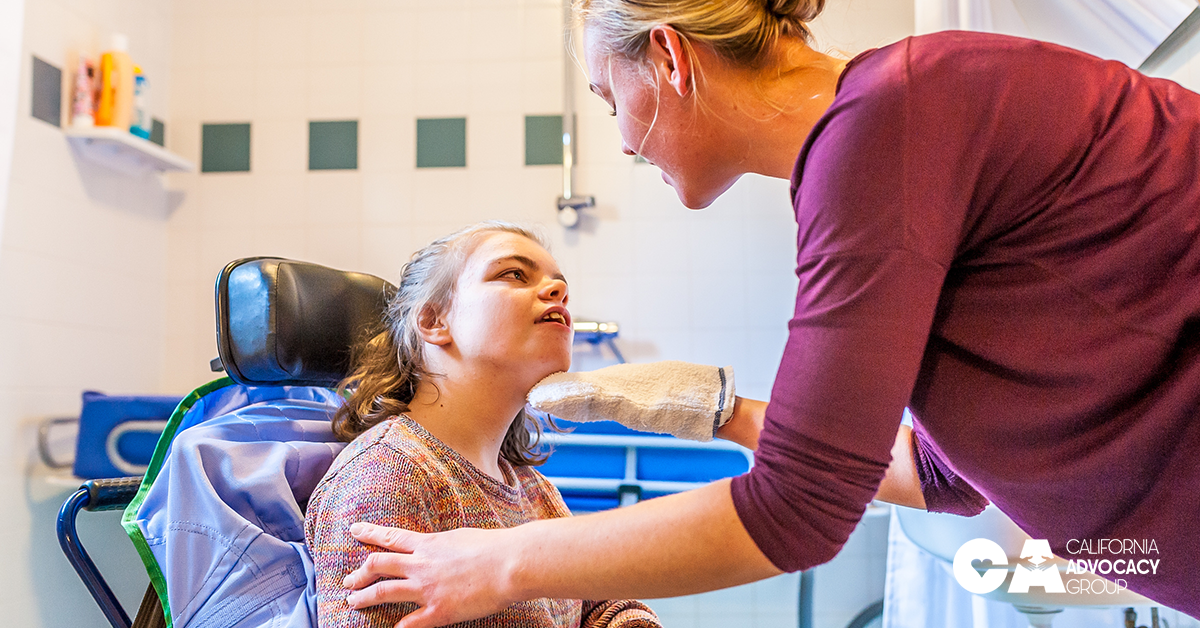In-Home Supportive Services, commonly referred to as IHSS, is a statewide program administered by each county under the direction of the California Department of Social Services. It provides the disabled, blind, those with limited income, or people over the age of 65 with in–home care services that are paramount to their ability to stay safely at home.
In this article we'll focus on "Paramedical Services," however, below is a list of some of the services children under the age of 18 are eligible to receive through IHSS:
- Domestic and Related Services
- Paramedical Services
- Personal Care Services
- Protective Supervision
- Transportation Services
What are Paramedical Services?
In relation to caring for a minor, paramedical services are skilled tasks that a licensed healthcare professional, such as a doctor or nurse, has ordered and directed.
These tasks include the administration of medications, puncturing the skin to deliver shots, inserting a medical device into a body orifice such as a feeding tube, activities requiring sterile procedures, or activities requiring judgment based on training given by a licensed health care professional such as securing a person who has paralysis into a standing frame.
Typically, the social worker will request the child's doctor to complete form SOC 321 (Request for Order and Consent – Paramedical Services), which also requires the parent or legal guardian sign the finished document. The completed form must be received by the county before your provider can be paid to provide these services.
Important: The form can be filled out ahead of time so that it can be handed to the county worker when he or she comes to the house for an assessment. Just the same, you or the doctor’s office can send in the form directly to the county IHSS worker. It is not required that an IHSS county worker directly send the form to the doctor, so stay in control of your child's application and work closely with your child's doctor to make sure the form is filled out correctly and includes all the times it takes to do each paramedical service.
⇲ Click to Discover Paramedical Services
Paramedical Services include, but are not limited to:
- Injections
- Administration of Medications
- Breathing Treatments
- Pulmonary Toileting (pounding lung areas of back and chest to loosen secretions)
- Catheter Tasks
- Ostomy or Bricker Bag Irrigation or
- Stoma Site Maintenance
- Home Therapy Programs Prescribed by a Physician (range of motion, physical, etc)
- Tube Feedings & Associated Care
- Bed & Pressure Sore Care
- Overall Skin and Wound Care, Associated with Decubitus Ulcer
- Diabetes Related Wound Care
- Caring for patients with History of Ecubiti (checking the body for “hot spots” that could turn into a decubitus ulcer)
- Tracheotomy Suction
- Nose and Mouth Including Tracheal / Deep Suctioning
- Bowel Program (for those with spinal cord injuries or neurological impairment impacting the gastro-intestinal system)
- Digital Stool Removal
- Insertion of Suppositories / Enema Administration
- Adjustment, Monitoring and Connecting Tubing and Ventilator (C-PAP or BiPAP machine adjustment, putting on mask)
- Monitoring to Determine Need for an Intervention Including Medications That Are Given on an As-Needed Basis Rather Than On a Schedule
- Trimming Toenails to Prevent Injury to Skin from Direct Contact with the Nails
If all else fails and you're still confused as to whether a particular task is considered a paramedical service, ask yourself these questions that come from the statute. If the answer is 'Yes' than chances are it should be considered as such:
Does the task involve puncturing the skin or sticking a medical device into a body opening?
Does the task require sterile procedures?
Does the task require the exercise of judgment - make a decision based on training or direction from the recipient’s treatment team.
We hope this has given you a better understanding of paramedical services within the IHSS program. If you still have questions, feel free to message us here at California Advocacy Group.













